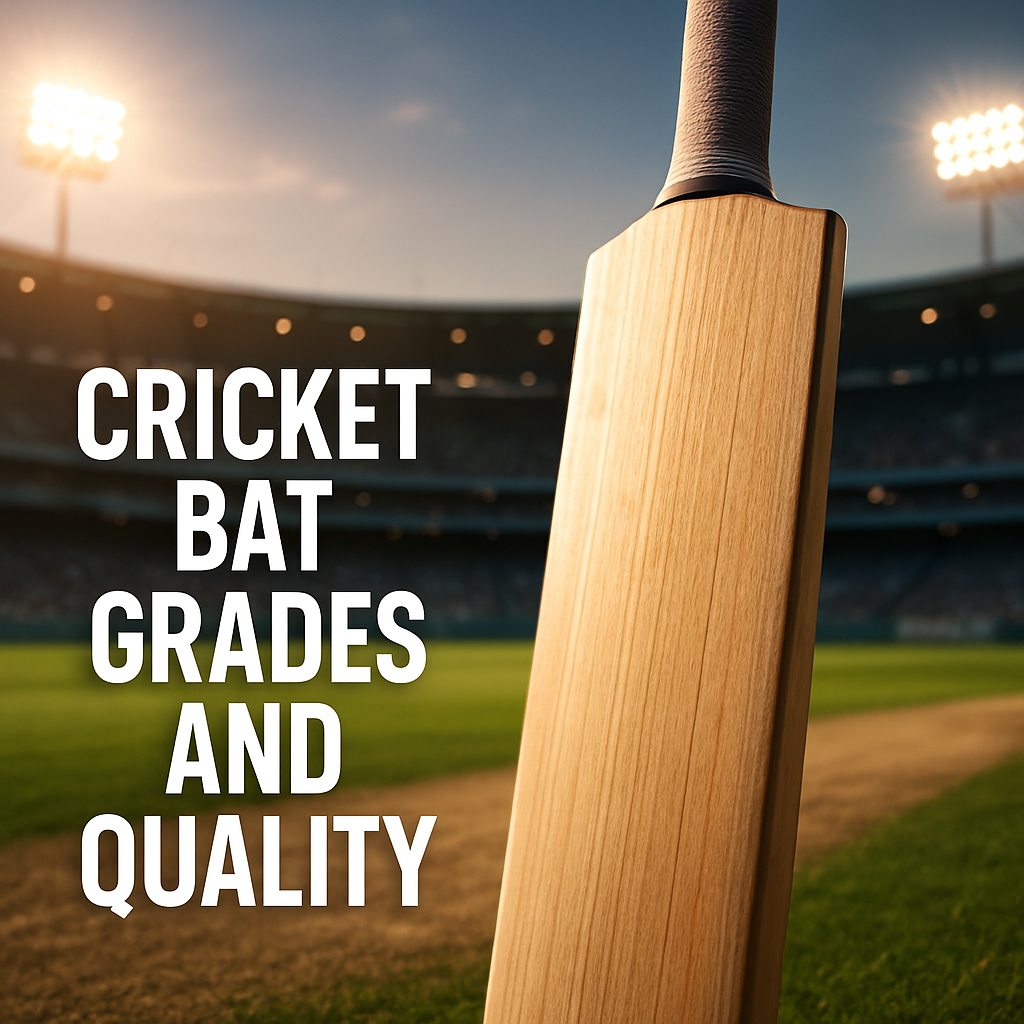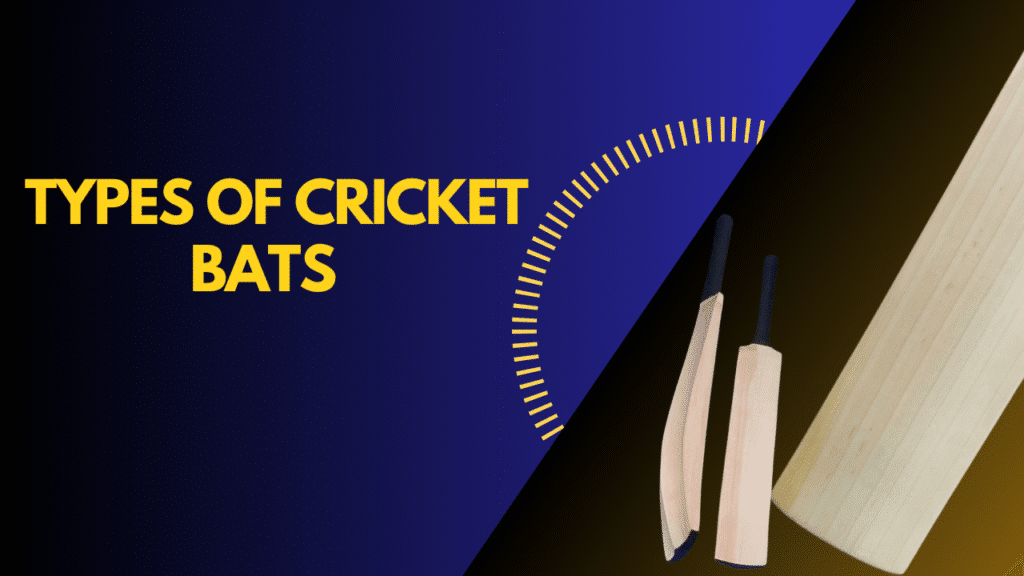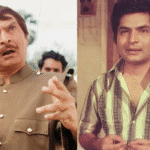Types Of Cricket Bats
1 Introduction to Cricket Bats

Hey there, cricket enthusiasts! Let’s dive into the fascinating world of cricket bats. You know, these trusty pieces of willow have come a long way since the early days of the sport.
Choosing the right bat is super important. It’s like picking a dance partner – you want one that feels just right in your hands and moves with you. A good bat can make all the difference between a disappointing nick to the keeper and a glorious cover drive.
Every cricket bat has a few key parts:
* The handle: Usually made of cane, it’s where you grip the bat
* The blade: The main hitting area, typically made of willow
* The toe: The bottom part of the blade
* The shoulders: Where the handle meets the blade
* The sweet spot: The prime hitting area of the blade
2 Traditional Cricket Bats
A. English willow bats
English willow is the gold standard for cricket bats. It’s light, strong, and gives that satisfying ‘crack’ when you middle the ball. I remember the first time I held an English willow bat – it felt like I’d been given a magic wand! Also every international Players Using English Willow Bats.
B. Kashmir willow bats
Kashmir willow is the affordable cousin of English willow. It’s heavier and doesn’t last as long, but it’s a great option for beginners or casual players. My first bat was Kashmir willow, and it served me well for years. This is best for beginners If you are new in cricket
C. Comparison of traditional bat materials
English willow is lighter and more responsive, but it’s also more expensive. Kashmir willow is more durable and budget-friendly, but it doesn’t have the same ‘ping’ off the bat. It’s like choosing between a sports car and a reliable family sedan – both will get you where you need to go, but the ride will be different.
3 Cricket Bat Weights and Balance

A. Lightweight bats
Lightweight bats (usually under 1250 gms) are great for players who like to play with soft hands or rely on timing rather than power. They’re also good for younger players or those with less upper body strength.
B. Medium weight bats
Medium weight bats (around 1150 to 1300 gms) are the most popular choice. They offer a good balance between power and control. I’ve found that most players feel comfortable with a bat in this range.
C. Heavy bats
Heavy bats (over 1250 gms) are for the power hitters. They can help you send the ball further, but they require more strength to wield effectively. If you’ve got the muscles to handle it, a heavy bat can be a real game-changer.
4 Cricket Bat Grades and Quality

A. Grade 1 bats
Grade 1 bats are the cream of the crop. They’re made from the highest quality willow with straight, even grains. These are the bats you see the professional players using. They’re a bit pricey, but the performance is top-notch.
B. Grade 2 and 3 bats
Grade 2 and 3 bats are still great quality, but might have some minor cosmetic imperfections. They’re a good choice for serious club players or those on a budget who still want excellent performance.
C. Grade 4 and 5 bats
Grade 4 and 5 bats are perfect for beginners or casual players. They’re more affordable but still offer good performance. My first ‘proper’ bat was a Grade 4, and I scored my first century with it!
5 Customization and Personalization

A. Bat knocking and preparation
Knocking in your bat is like breaking in a new pair of shoes. It helps to compress the wood fibers and makes the bat more durable. I always find this process oddly satisfying – it’s like you’re bonding with your new bat.
B. Grip customization
Your grip is your connection to the bat, so it’s important to get it right. Some players like a thin grip for more feel, while others prefer a thicker grip for comfort. Also so many players uses Double Grip For comfort and for better Balance
6 Maintenance and Care

A. Proper storage techniques
Store your bat in a cool, dry place and always use a bat cover. Avoid leaving it in your car on hot days – unless you want a warped bat! I learned this the hard way after leaving my favorite bat in the trunk during a heatwave.
B. Oiling and conditioning
Regular oiling helps to keep the wood supple and prevent cracking. Just don’t overdo it – a light coat every few weeks is plenty. It’s like moisturizing for your bat!
C. Repairing minor damages
Small cracks or chips can often be repaired with wood filler or Fiber Tape. For bigger issues, it’s best to consult a professional bat repairer. They can work wonders – I once had a bat I thought was destined for the bin, but a good repairer made it almost as good as new.
7 Summary
Choosing the perfect cricket bat is a personal journey. Consider your playing style, budget, and the type of cricket you play most often. Remember, the most expensive bat isn’t always the best for you – it’s about finding the one that feels right in your hands and suits your game.
FAQ
How often should I replace my cricket bat?
Can I use an adult bat for junior cricket?
What’s the difference between English and Kashmir willow?
How do I choose the right bat weight for my playing style?
Are expensive bats always better than cheaper ones?
Disclosure: As an Amazon Associate, we earn from qualifying purchases. This post contains affiliate links, and we may earn a commission at no extra cost to you.





